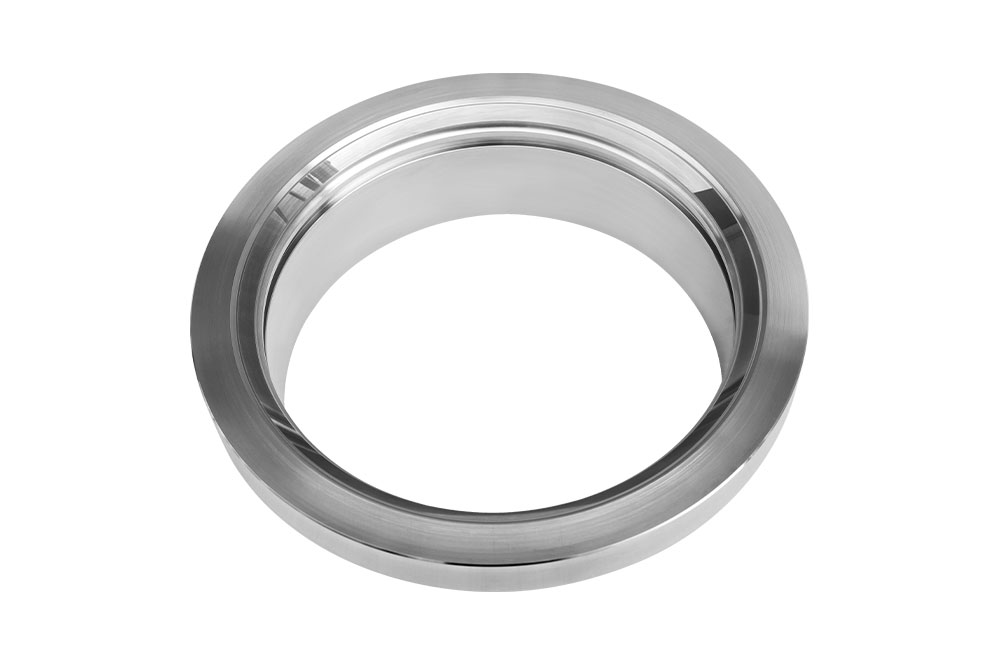In recent years, the industrial sector has seen a growing interest in sustainability and environmentally friendly manufacturing practices. The ball valve industry is no exception, as manufacturers and suppliers seek to reduce their environmental footprint while maintaining reliable performance and durability. This article explores the evolving role of sustainable materials in ball valve manufacturing, with a focus on key components such as ball valve fittings and the ball valve teflon seat.

The Importance of Material Selection in Ball Valve Manufacturing
Ball valves are widely used in various industries for controlling fluid flow due to their simple design, durability, and ease of operation. The materials used in producing ball valve components have a direct impact on their longevity, corrosion resistance, and suitability for different operating environments. Traditionally, materials like stainless steel, brass, and conventional plastics have been standard choices. However, environmental concerns and regulatory pressures have encouraged a shift toward sustainable alternatives.
Selecting sustainable materials for ball valve manufacturing involves evaluating the lifecycle of materials, including their sourcing, production, use, and disposal. Sustainable materials should ideally have less environmental impact, reduce waste, and be recyclable or biodegradable where possible.
Sustainable Alternatives in Ball Valve Fittings
Ball valve fittings serve as the connection points that integrate valves into larger piping systems. These fittings must withstand mechanical stress, pressure variations, and chemical exposure. Conventional fittings often use metals like brass or stainless steel, which require significant energy for extraction and processing.
One approach to improving sustainability in ball valve fittings is the use of recycled metals. Recycled stainless steel, for example, offers comparable mechanical properties while reducing the demand for raw ore and lowering carbon emissions associated with mining and refining. Advances in manufacturing processes also enable the reuse of scrap materials during production, further contributing to resource efficiency.
Additionally, polymer-based fittings are gaining attention for their lower environmental impact during production. Polymers can be engineered to provide resistance to corrosion and wear, making them suitable for certain applications where high pressure or temperature bads are not present. The ability to recycle polymer fittings at the end of their service life can reduce landfill waste.
The Role of Ball Valve Teflon Seat in Sustainable Manufacturing
The ball valve teflon seat is a critical component that provides sealing between the ball and valve body, ensuring leak-tight operation. Teflon (PTFE) is widely used due to its chemical inertness, temperature resistance, and low friction. While PTFE offers reliable performance, concerns regarding its environmental footprint have prompted the industry to explore alternatives and improvements.
Sustainable approaches to the ball valve teflon seat involve both material innovation and design optimization. Research is ongoing into bio-based PTFE substitutes and composite materials that retain the desirable properties of Teflon but with reduced environmental impact. Some manufacturers have introduced seats with enhanced durability to extend service life, reducing the frequency of replacement and waste.
Moreover, the manufacturing process of Teflon seats is being refined to less emissions and waste. Techniques such as precise molding and trimming reduce material scrap, while recycling programs for manufacturing waste support circular economy principles.
Benefits and Challenges of Sustainable Materials in Ball Valve Production
Incorporating sustainable materials into ball valve manufacturing offers several benefits. It can improve regulatory compliance as environmental standards tighten worldwide. Sustainable materials may also appeal to clients and projects prioritizing green building certifications or eco-conscious procurement policies.
However, there are challenges to adopting these materials. Performance requirements in ball valve applications are demanding, and any new material must be rigorously tested for strength, corrosion resistance, and temperature tolerance. Cost factors also play a role; sustainable materials and processes might involve higher upfront expenses or require investment in new manufacturing equipment.
Despite these hurdles, incremental advances in material science and manufacturing techniques are enabling the ball valve industry to make steady progress toward sustainability without compromising product quality.
Future Outlook and Industry Trends
Looking ahead, the development of sustainable materials for ball valve components is expected to continue gaining momentum. Industry stakeholders are investing in research collaborations and pilot projects to validate new materials and methods. Additive manufacturing (3D printing) is also emerging as a technique that can reduce waste by building components layer-by-layer, using only the necessary material.
In addition to materials, attention is being given to the entire supply chain and product lifecycle management. For example, sourcing raw materials locally, reducing packaging waste, and designing valves for easy disassembly and recycling contribute to broader sustainability goals.
Ball valve fittings and the ball valve teflon seat are just two of many components where sustainability considerations are influencing design and production. The ongoing dialogue between manufacturers, suppliers, and end users will play a crucial role in shaping sustainable solutions tailored to industrial needs.
Sustainability in ball valve manufacturing is an evolving journey that balances environmental responsibility with functional requirements. The selection of sustainable materials for ball valve fittings and the ball valve teflon seat represents an important step toward reducing ecological impact while maintaining reliable valve performance. As research and innovation continue, the industry is positioned to develop new materials and manufacturing processes that support long-term sustainability goals in fluid control applications.